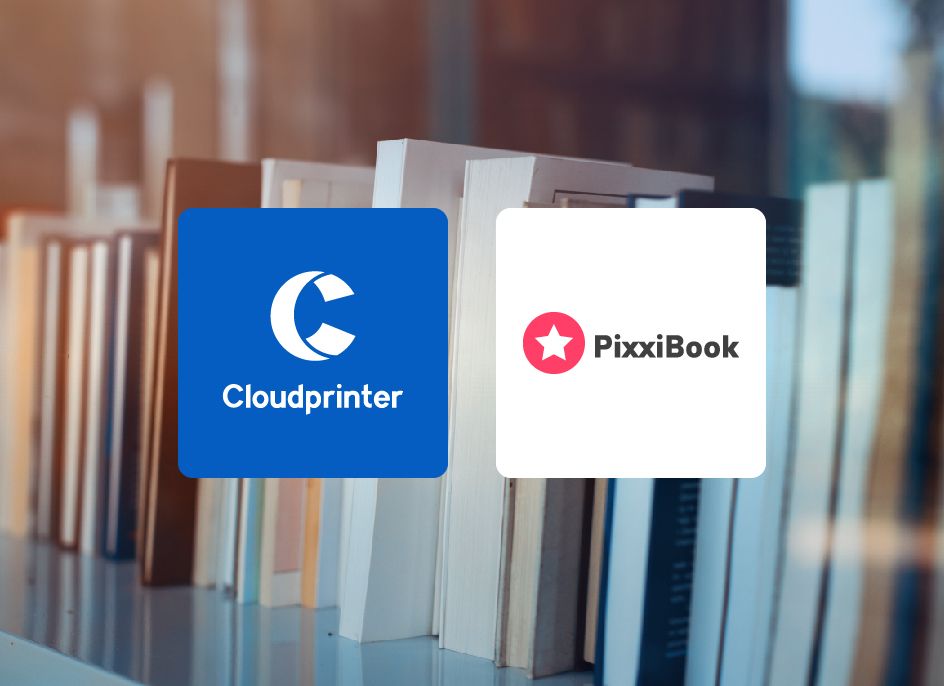Why Quit Warehousing Your Books and Go for Print on Demand?
Article • June 26, 2021 • 7 min read
Every publisher, no matter small or large-scale, at some point faces an issue of storing and delivering books and other print products to the customers. As customers become ever more demanding, expecting a vast range of books offering and quick delivery, the traditional warehouse storing can no longer fill their needs.

Every publisher, no matter small or large-scale, at some point faces an issue of storing and delivering books and other print products to the customers. As customers become ever more demanding, expecting a vast range of books offering and quick delivery, the traditional warehouse storing can no longer fill their needs. That's why the print on demand approach (POD) has become a popular alternative to warehousing, as this option provides publishing houses with the opportunity to print and sell their books locally based on the demand for particular items.
Disadvantages of Warehousing
Warehouses have played an important role in the publishing industry for decades. They remained the main way of storing the products and comply with all the requirements of the publishers.
However, in the modern world, the cons tend to outweigh the pros of storing your books in the warehouse, and here's why:
High costs
Balancing the inventory and transport costs can become a significant challenge for the publishers, especially the smaller ones:
- The more books — the larger warehouse — the higher the rent cost.
- There are specific temperature and humidity requirements for keeping books in proper condition, so you'll have to hire additional employees to keep track of it.
- High transportation costs for customers in remote locations.
All of these expenses make up a considerable part of publishers’ budgets and are inaccessible for smaller publishers.
Long delivery time
Centralized warehousing means that some customers will wait for their orders for a couple of weeks, which will be the deciding factor to choose another store for a lot of people.
More and more customers prefer fast delivery services and warehousing cannot cover this need in the majority of cases.
Alternative for Warehousing
Print on demand approach is a smart solution that eliminates the need to store the books in one location.
Print on demand is an order fulfillment method where products are printed after the order has been placed. This way, the publisher does not have to guess the estimated number of books that will be bought, risking printing too many or too little and eventually lose money.
What is more, there also are such platforms as Cloudprinter.com that expand the range of possibilities for publishers even further.
Cloudprinter.com is a platform that allows you to print products anywhere in the world as it has a network of 170+ print houses in 104 countries. With Cloudprinter.com, you can cut both transportation costs and delivery time by printing the books as close to your customers’ locations as possible.
Thus, by choosing POD as a method and Cloudprinter.com as a platform, you can expand your book offering while cutting costs and time on searching/buying/renting new warehouses.
Opportunities that Come with Print On Demand
Quitting warehousing in favor of POD opens up numerous opportunities for publishers:
Reduced risk of printing more or fewer books than needed.
Instead of printing an excessive amount of books, you will print them for each order separately, meaning that there will be no unsold books.
An opportunity to expand the range of books and their numbers.
Small publishers usually cannot print a lot of books at the same time due to the lack of space to store them. With POD, there are no limits to the number of books produced by the publishers.
Faster delivery time.
Printing books in the closest printing house to the delivery destination means that delivery time shortens to 1-2 days. This advantage allows winning over those customers whose orders are time-sensitive.
Ability to experiment with designs or create more customized options.
When printing a bulk of books, you usually choose one design or version and go with it. POD allows customizing books according to special requests and expanding the range of potential customers.
Becoming more sustainable and environmentally friendly.
Today, sustainability has become the top priority for many small and large companies. Printing locally and shortening the delivery distances reduces the carbon footprint of the company. Thus, choosing Cloudprinter.com means making another significant step towards becoming fully sustainable.
Summing Up
Every publisher, no matter large or small one strives to optimize their spendings and increase income. Quitting warehousing and turning to more modern alternatives is an ensured way to do that.
Meanwhile, such platforms as Cloudprinter.com will help make the transition smooth and effortless.
Cloudprinter.com enables publishers to:
- Automate their printing needs.
- Print products through 170+ printing partners all over the world.
- Cut costs for printing, storage, and transportation using print on demand approach.
- Shorten delivery time by several times.


